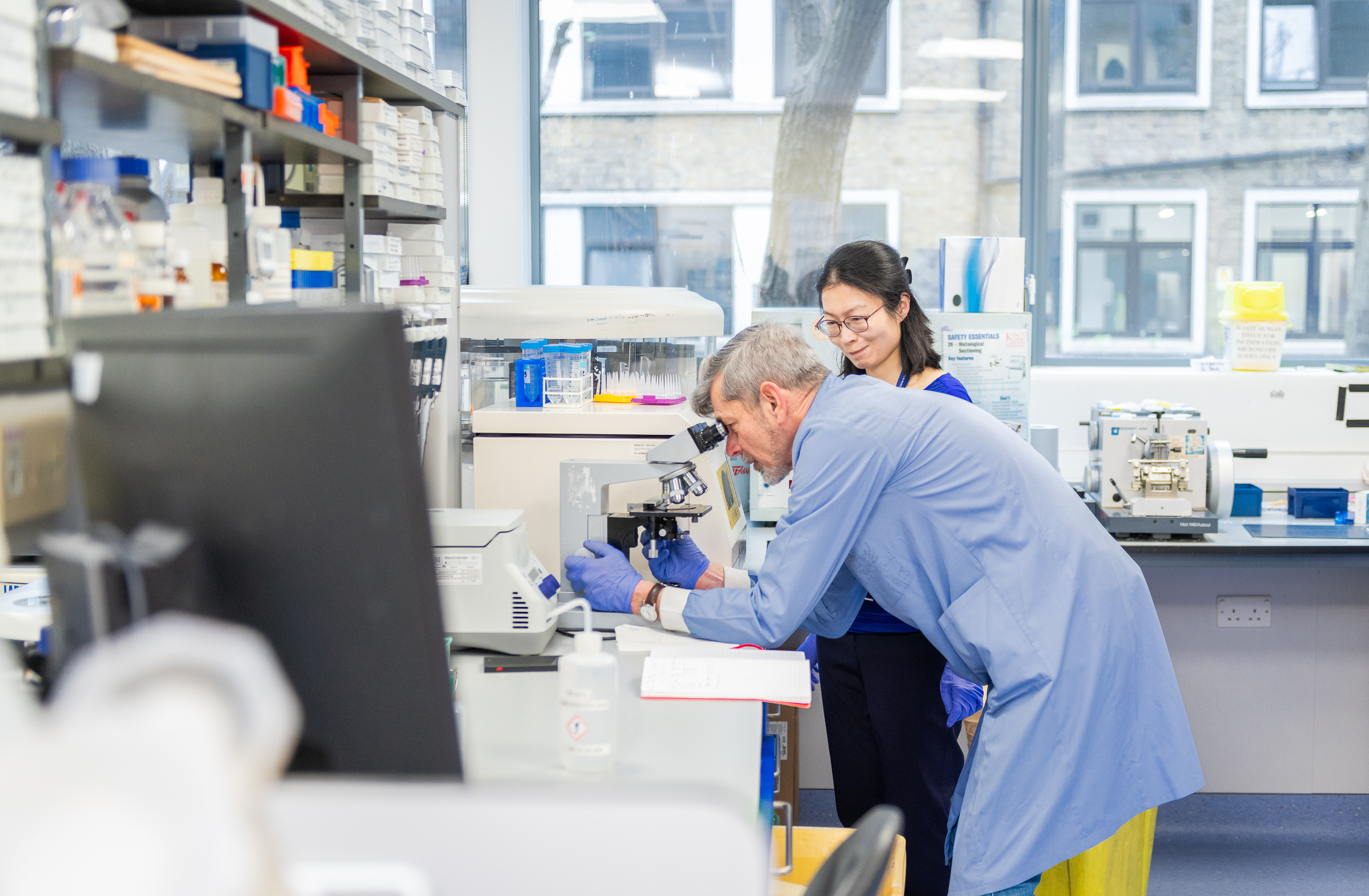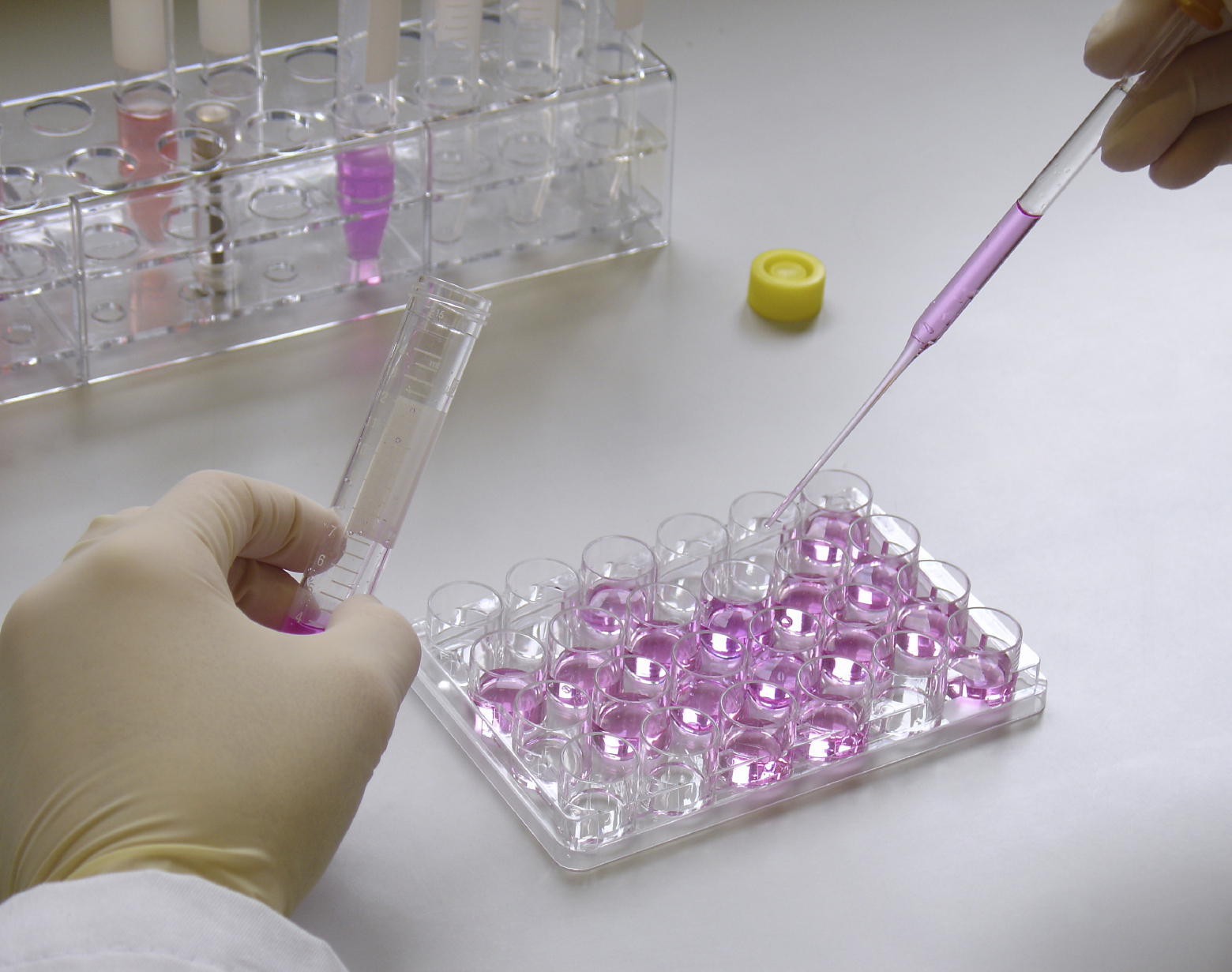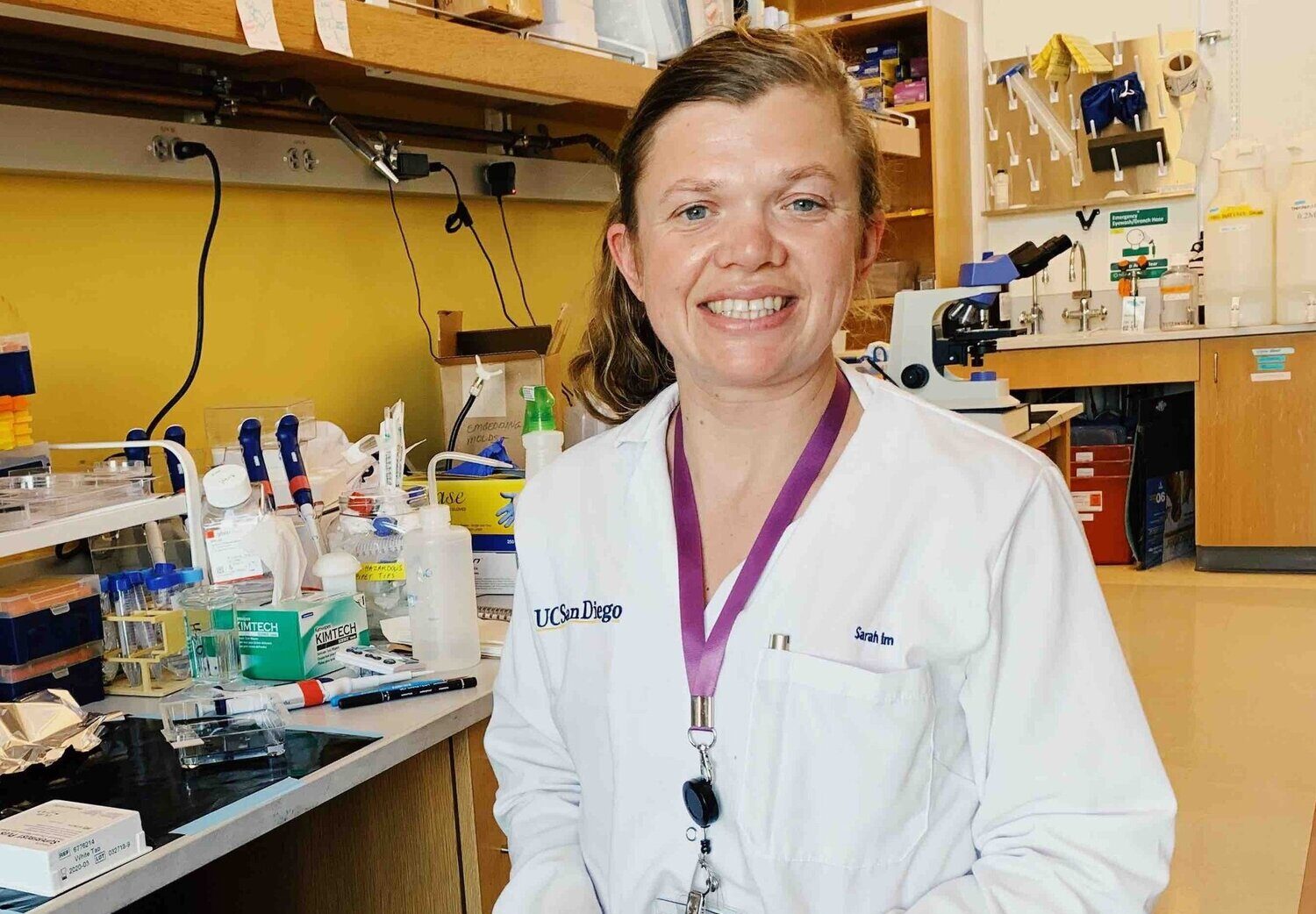Understanding stem cells
What are stem cells?
Put simply, stem cells are cells that have not yet undergone “differentiation”, meaning that they are “blank slate” cells which have the potential to become any other cell in the body.
There are two main types: embryonic stem cells which form in the early stages of a fertilised embryo, and adult stem cells which are found in limited numbers in certain areas of the body, including in skin, fat and bone marrow.
Why are stem cells so important for research?
Stem cells are useful to research as they can be used as tools to understand cell types, lineage and fate. They can also be used to support repair and growth.
How could they be used to treat spinal cord injury?
Following a spinal cord injury (SCI), many of the cells in the spinal cord either die or are damaged, impairing repair and regeneration. There is potential for stem cells to repair or even replace nerve cells to re- establish function after injury.
How are they used in research for SCI?
Scientists are looking at two main ways to use stem cells within treatments for spinal cord injury:
Direct: Loading or transplanting stem cells directly into the spinal cord with the view to developing cells associated with the repair and regrowth of damaged nerve cells.
Indirect: To provide support to the injury environment by acting as a bridge for nerves to grow or to “secrete” pro-growth chemicals. These treatments can be transplanted or even administered through the blood or cerebral spinal fluid, with the ability to “home in” on the injury site.
What results have been seen?
There have been promising results in these two main areas. For example, stem cells derived from bone marrow have been found to release chemicals that both encourage nerve growth and help stabilise the injury site.
Similarly neural stem cells have also promoted functional recovery in SCI by helping to suppress inflammation and there is evidence of these cells forming new connections with remaining cells in the spinal cord.
So, are stem cells the key to unlocking a cure for paralysis?
Despite the promise, there is still further investigation required to understand how to maximise the regenerative capabilities of stem cells in a safe and reliable manner. For example, uncontrolled cell growth could lead to the development of dangerous tumours, and similarly unexpected new nerve generation has been shown to cause severe pain.
How are Spinal Research helping develop new stem cell treatments?
We are funding a project using neural stem cells to regenerate functional circuits in models of chronic cervical SCI. These cells are programmed to release chemicals to promote nerve growth and enzymes to unblock barriers.
What are the next steps for this type of therapy?
Given the complexity of a spinal cord injury, stem cells used in combination with other therapeutics to treat injuries appears to be the best direction for research.
Ongoing studies are also looking at ways to isolate and predict cell growth following the use of neural stem cells. These will help us better understand the potential effects of direct stem cell transplants into the site on an injury.
You may also be interested in

Plasticity explained
Plasticity is a term that is often used when talking about spinal cord injuries, but what is it and why is it important?
Our research
Our research is helping develop life changing treatments for paralysis.
